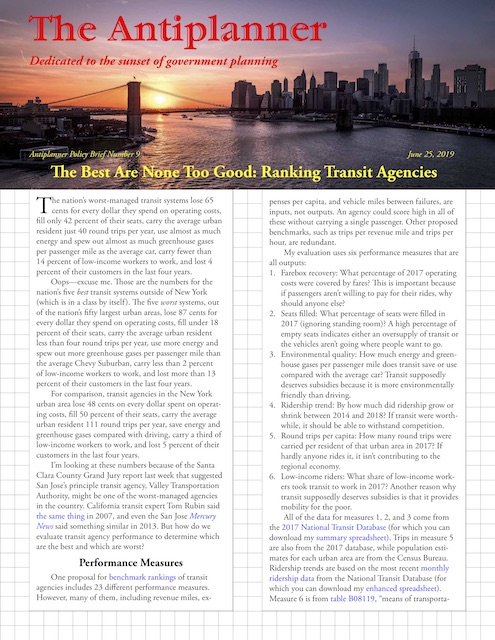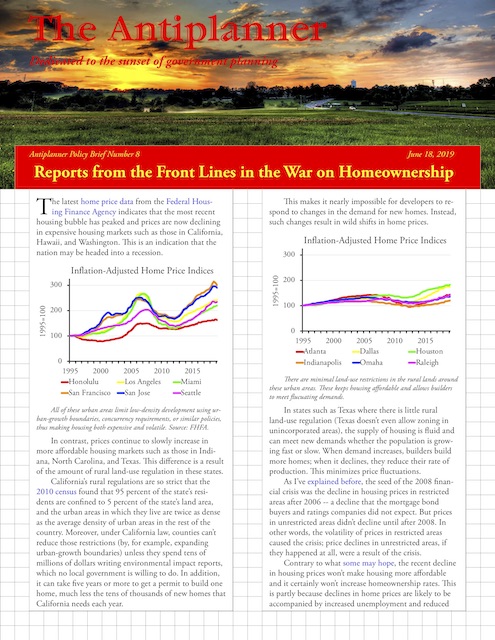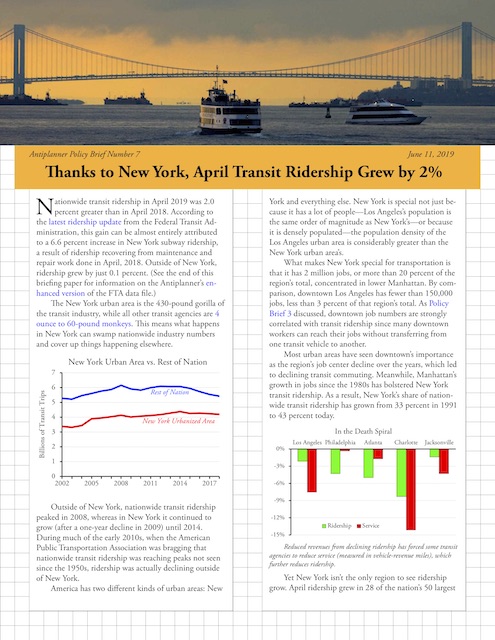“Just because some senators were stupid doesn’t mean you have to be!” the forestry consultant yelled at the Forest Service official. “I hope when you consider multiple use you wait ’til the trees were gone first!”
For the Forest Service, “multiple use” — the idea that national forests were managed for many things and not just commodities — was almost as sacred as “sustained yield.” It was stunning to see this consultant, one of the biggest names in Northwest forestry, lose his cool in a public forum.
The story began in 1976 when OSPIRG asked me to work on the Oregon State Board of Forestry. The Oregon Department of Forestry had been created in 1911 to coordinate firefighting efforts and manage state-owned forest lands. Continue reading











